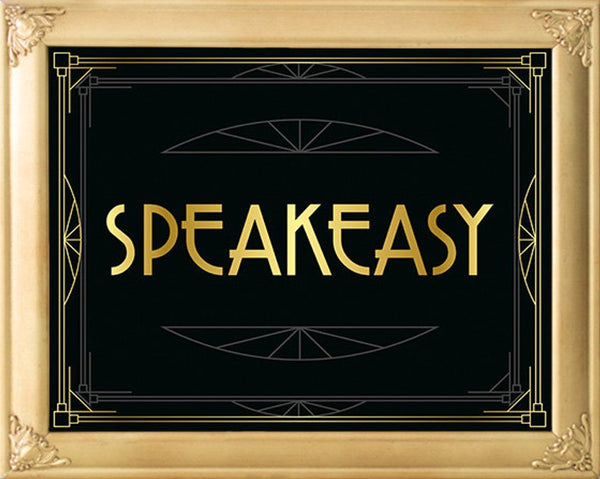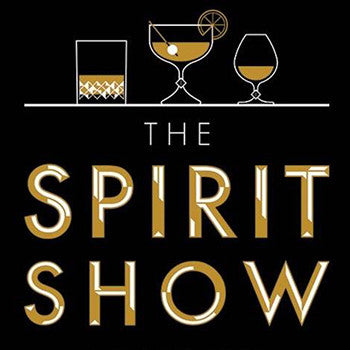Cheap vs Expensive - is it worth it?

This is a question we’re sure many of you have pondered. Surely there must be a reason why the price of some drinks is in the low 10s and other drinks (even the same type of drink) can set you back triple digits. Well fret no more, we’ve got the answers for you. Read on!
The simple answer is, generally, yes, there is a difference between cheap and expensive alcoholic drinks. But consensus is different for each spirit. For a spirit such as whiskey, it’s almost unanimous that expensive whiskey is noticeably better than cheap whiskey, whereas for gin it’s a very different story. Below we’ll go through some of the factors that lead to some alcoholic drinks much more expensive than others and if/how this affects taste.
One factor is the raw ingredients used to make the spirit. More expensive liquors will tend to be made from fresher, more high quality fruits and grains, which will contribute to a better, more complex taste. In an effort to cut costs, some producers may use synthetic ingredients to add flavour which will usually result in them being able to charge less per bottle, but also result in a poorer taste. As with virtually all food and drink, the fresher the ingredients, the better. To cover the cost and labour that goes into using fresh, natural ingredients, these spirits will often carry a higher price tag.
Another factor is the distillation process. Before we get into why it affects price, here’s a little background on distillation. A key part of the distillation process is choosing which parts of the distillate to collect, and which parts to discard. The liquid that runs from the distiller, can be broken down into 4 sections as not everything that comes off is good drink. The first section is called the ‘foreshots’, which is discarded all the time as it is dangerous to consume. The next section that comes is called the ‘heads’, which can contain some unwanted flavours and a very high alcohol content. The next section is the really good stuff called the ‘hearts’ (aww), which contains nice, clean ethanol - this is the stuff you really want. The final section is called the ‘tails’ which can contain interesting and unique flavours, but also some which aren’t pleasant. So the distiller’s job is to decide how much of the ‘heads’ and ‘tails’ to collect and keep with the ‘hearts’ (in other words, when to start and when to stop collecting). This choice is up to the distiller and differs vastly from each distiller. Having a certain ratio of ‘heads’ and ‘tails’ can be the difference between having a delicious spirit with interesting flavours and having a horrid concoction that could give you nightmares (okay maybe that’s a slight, slight, exaggeration, but you understand the point). Now to how this affects costs and quality. A low quality whisky may contain lots of ‘heads’ and ‘tails’ in an effort to minimise waste and maximise production. This will allow the producer to make more whiskey with the ingredients they have and means they can sell at a lower price. A higher quality whisky however, will likely contain less ‘heads’ and ‘tails’, in some cases no ‘heads’ and only a few ‘tails’ to add subtle flavours. This means that a lot of the runoff will go to waste, meaning there is less whisky produced with the ingredients available. This will often result in the company selling at a higher price per bottle. So in this instance, it would appear that a higher cost does mean a higher quality drink.

Aging also affects the quality and price of liquor. Some spirits don’t really age, for example vodka and gin do not age in bottles like whiskey or wine do (vodka may lose some of its alcohol content if kept for many years, but it’s negligible). Before being bottled up, whiskey is aged in wooden barrels. These barrels aren’t completely sealed so some of the whiskey evaporates over time. This means that the longer it’s aged, the less whiskey there will be available to sell. As a result, some producers may choose to age the whiskey for a shorter time period so that less evaporates and they have more product to sell. Producers that choose to age their whiskey for a longer time will often charge a higher price per bottle as this accounts for the product they’ve lost due to evaporation. Whiskey that has been aged for a longer time is said to be of a higher quality too, since it has absorbs more elements from the wood it’s stored in, which also explains why whiskey that has aged more comes with a higher price tag. So in this example, aging generally means higher quality, and so an expensive bottle of whiskey will often deserve it’s higher price, but this should be taken with a pinch of salt as some of the added price is to account for product loss in the aging process.

The size of the company or size of the batch being made is also a factor to consider. For example, a small batch of liquor being made by a small company will tend to be more expensive. Not only because it’s probably quite costly for them to make each bottle (as a % of their total budget - it can be difficult to streamline and enjoy the per-unit discounts that come with bulk/large scale manufacturing), but they can also claim exclusivity. The mark of exclusivity allows them to increase the prices of their spirit. This of course doesn’t necessarily mean that the quality is higher, but being a small company or an exclusive, limited edition batch suggests a certain level of quality or individuality that would likely warrant a higher price.
The final factor we’ll discuss is marketing. Marketing plays a huge role; a large company that can afford to spend a lot on marketing may be able to hike up their prices (if the marketing has been successful and people believe the drink is of a high quality they will be willing to pay more) even if the quality isn’t as high as a cheaper, less marketed spirit. So in this case, a higher price may not mean a higher quality, just a larger marketing budget.
In the end, it comes down to what you like. Maybe your favourite bottle of wine happens to be cheap, or maybe you drink vodka for its general lack of odor and obvious taste so you’re not too bothered about quality. Interestingly enough, in a taste test conducted last year by gin experts, Morrison’s (£10.49) and Lidl’s (£9.99) own brand gins came out with higher scores than famous brands such as Greenall’s (£15) and Gordon’s (£16). So it really is up to you. But to answer the question, as a general rule, more expensive drinks have better ingredients and have had more care taken when producing them, and this will often be manifested in a more pleasant taste. So we recommend you experiment for yourself and see what you prefer and if you can tell the difference. And try to ignore the sniggers and looks of disdain when you say loud and proud that your favourite drink is a supermarket brand of vodka. You do you.
Leave a comment
Comments will be approved before showing up.



X FLASKS
Author